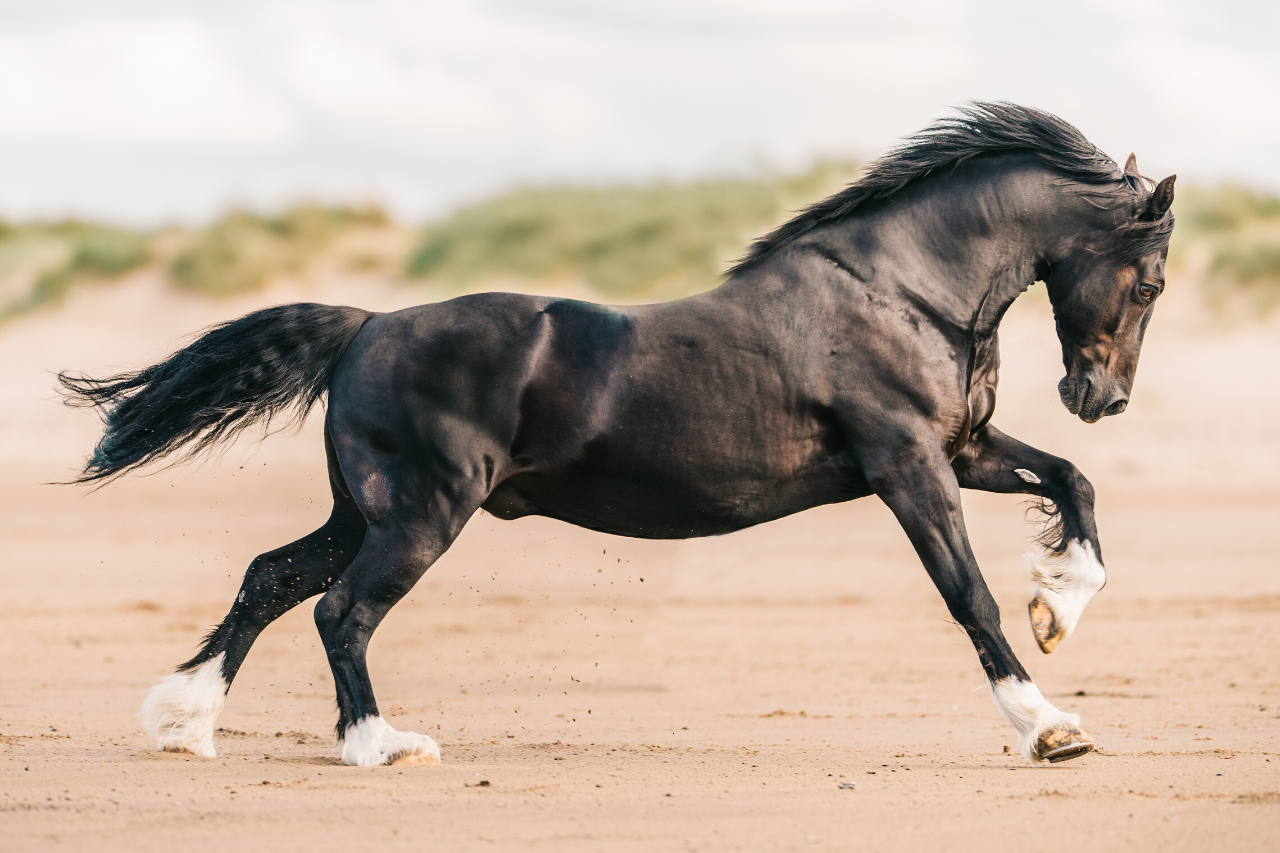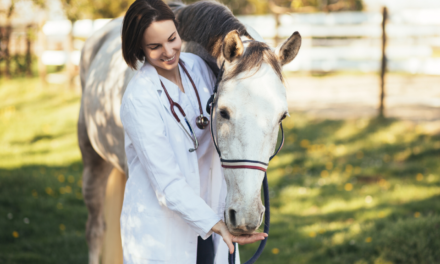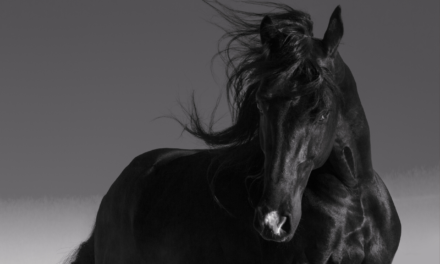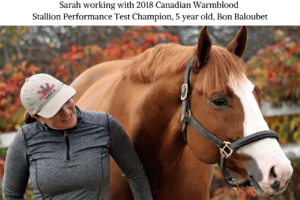We may earn money or products from the companies mentioned in this post. For more information please check out our disclosure page
Herd Mentality
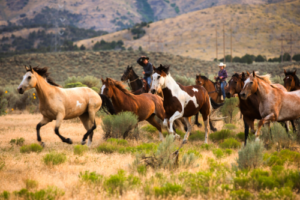
.
A horse’s natural environment is in the herd, therefore they live and act with a ‘herd mentality’ thought pattern.



When working with horses it is important for us to understand what this means especially when it comes to training horses. We need to train horses using horse logic not human logic.
How Does Herd Mentality Affect A Horse’s Behaviour?
In the wild, their lives are based on survival and they have a strong inbuilt natural reaction known as a FLIGHT OR FIGHT response.
Survival is very much dependant on the herd dynamic and when the herd leader signals danger they will all take flight.
Horses are always on the alert for predators relying heavily on sound which is connected to their flight reflex. As a result of this instinct, any sudden unexpected noise and movement can startle them. This is one of the reasons we always let a horse know we are there.
The Herd
The herd consists of a band of mares, their offspring up to 3 years of age and at least 1, but as many as 6 adult males.
The Mares

The mare leads the herd
Lead Mare – Many people assume the leader of the herd is the stallion however the herd will have a dominant ‘lead’ mare who is responsible for the well being of the herd.
The lead mare is so, not only because they have challenged the band of mares for that position, but because the other mares have been happy to relinquish the responsibility and are content to follow.
The mares will stay together regardless of whether the stallion is has died or left the herd.
The Stallions
The Stallions in a herd also have a dominant male who is the main breeding stallion. The stallions tend to stay on the periphery guarding and protecting the herd and fighting off competition from other stallions. The mares will put the stallion in his place and educate him on what is appropriate for his advances.
Other stallions in the herd will accept the leadership of one similar to that of the mares, however, they will also challenge the dominant stallion for leadership if he becomes weak, or is too old.
The Young
The foals will learn stay close to their mothers in very early life but will engage in social behaviour with other foals in the herd. The mares will educate their foals on bad and unacceptable behaviour, teaching them respect. From this they will establish their later roll within the herd. Respect and hierarchy in the herd are keys to survival and this learning starts on the first day of a foals life. A new foal has to learn its place and the place of other members of the herd around it.
How Do These Behaviours Relate To Working With Horses?
In nature’s terms we are predators and horses are prey. We need to understand horses in terms of their logic and cease to become the predator and become the equivalent of the lead mare where the horse looks to us to keep it safe and be its leader.
I have seen people who give in to horses, wanting to be kind and gentle. We can be both kind and gentle but also the dominant leader in our relationship.

.
Remember in the herd the leader becomes so, not from a fight, but from the other horses relinquishing the power (I am leaving out the more complicated dynamics of the stallions here but there is an element of relinquishing power that is also relevant to them).
By giving in to our horse we are relinquishing the power and allowing them to be dominant. We need to assert the leadership qualities that encourage them to want to relinquish power to us so they are happy to be led by us.
This is the foundation of horse training. You as a horse trainer have to establish yourself as the herd leader. You will need to lead your horse into some different situations during your time together and your horse will also need to trust you as its leader. The herd will follow the lead mare wherever she takes them, this is what you need to establish with your horse.
Behaviour that is unacceptable in the herd, such as biting, pushing, kicking, pulling, need to be corrected by us as it would be by the herd members. We cannot give in to it being ‘cute’ as this encourages unruly behaviour. If we don’t correct it we are telling the horse that its bad behavior is acceptable and we are assuming the subservient role in herd language.
Understanding when a horse is communicating dominant behaviour is the first step in being able to reciprocate with the appropriate correction. We need to know what the horse is saying in herd terms in order to become the leader in the relationship. Once we do that we will have the horse’s respect for our position, over time that becomes trust.
Our response should not to be one of punishment. Every situation is an opportunity to have a training moment with your horse.
Consistency, confidence, and calmness are key in demonstrating herd leadership skills. Once the horse knows he can trust and respect you they will happily follow you as their leader in the herd.
This post may contain affiliate links. Please read our disclosure for more info.
admin
Latest posts by admin (see all)
- A Horse For All Reasons – Guest Blog by Lucy from Horse Factbook - April 8, 2020
- How To Deal With A Spooky Horse Trail Riding - March 31, 2020
- Our Top 20 Amazon Equestrian Products - January 30, 2020



